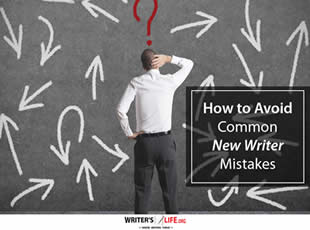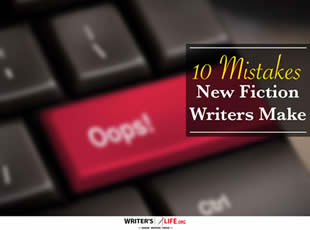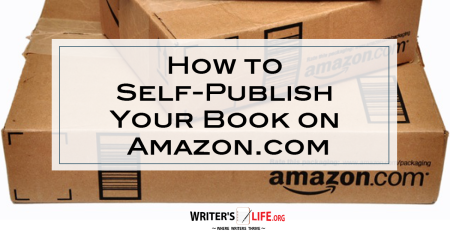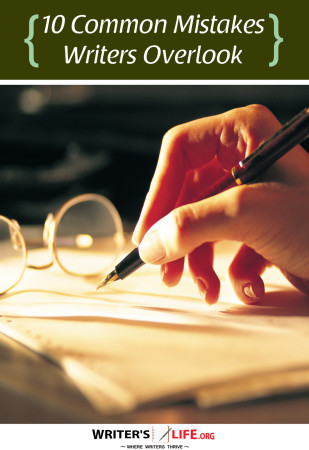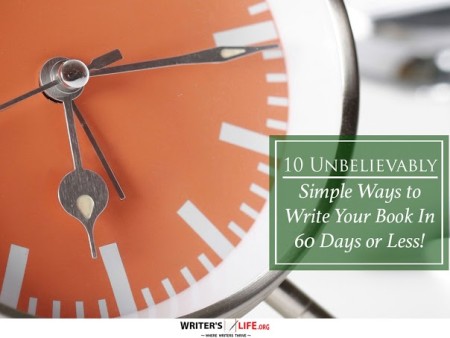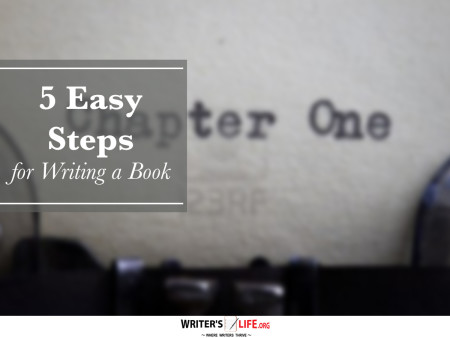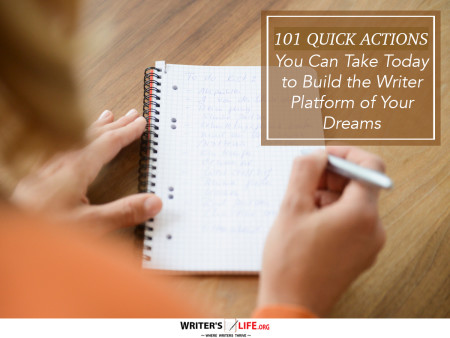- How To Tackle Jealousy In Creative Writing
- Common Submission Mistakes
- How To Stop Your Blog Becoming Boring
- The One Thing Every Successful Writer Has In Common
- How To Make Yourself Aware Of Publishing Scams
- Why Almost ALL Writers Make These Grammar Mistakes At Some Point
- 5 Tips For Authors On How To Deal With Rejection
- Top Mistakes to Avoid When Writing a Novel
- How to Avoid Common New Writer Mistakes
- 10 Mistakes New Fiction Writers Make
10 Click-Boosting Tricks for Low-Engagement Emails

Email Engagement Tips can transform the way your readers respond to your messages. If you're struggling with low engagement rates, you're not alone. Many writers face the challenge of crafting emails that are not only opened but also engaged with and acted upon. In this post, we'll dive into ten practical, click-boosting tricks to help you increase the effectiveness of your emails and foster a deeper connection with your readers.
Understanding Reader Interests to Boost Email Engagement
One of the most effective engagement tips for emails is to truly understand what makes your readers tick. What are their interests? What compels them to open your email instead of the dozen others clogging their inbox? By tapping into these insights, you can make your emails more relevant and engaging. Tailoring content to your audience's needs not only personalizes their experience but significantly increases the likelihood of interaction.
Begin by surveying your audience or analyzing data from previous interactions. Discover which topics resonate most with them and utilize this information to craft compelling subject lines and content. It's like having a conversation where you're genuinely interested in what the other person has to say.
Remember, fostering a sense of community and belonging among your readers by aligning email content with their interests is key in boosting email engagement.
Writing Compelling Subject Lines and Headlines
First impressions matter, especially in emails. The subject line is your first chance to grab attention and increase your email open rates. A subject line that's too generic can easily be overlooked, so use creativity and curiosity to capture interest. For example, try using questions or intriguing statements that compel the reader to dig deeper into your email content.
Think of your subject line as the headline of a best-selling novel—one that every reader wants to pick up and dive into. It's about creating an immediate hunger for more information. A nicely crafted subject line can work wonders in improving email clicks and boosting overall engagement.
Personalization: The Key to Low Engagement Email Tips
Personalization extends beyond merely inserting a reader's name. It's about tailoring every aspect of the email to reflect reader preferences and behaviors. This increases their feeling of being valued and understood. Use previous interactions to segment your audience and deliver personalized content that meets their specific needs.
Effective Email Engagement is often driven by showing your audience that you're attentive to their individual journey. Make use of data analytics and user feedback to create tailored messages, and watch as your email engagement rates soar.
Optimizing Engagement in Emails through Design
The design of your emails shouldn't be an afterthought; it should enhance the reader's experience and lead them smoothly from the introduction to the call to action. Clean, simple designs that focus on key messages can increase readability and make it easier for readers to take desired actions.
Use bullet points to break down complex information, maintain consistent branding, and ensure that your emails are mobile-friendly, as a significant portion of emails are read on mobile devices. Optimizing email design is an essential step in your email improvement strategies.
- Utilize engaging visuals to illustrate key points.
- Ensure a simple, clean layout to maintain focus on your message.
- Include a clear and compelling call to action (CTA).
Hooking Readers Early On
Much like the process of writing an enticing story, hooking your readers early in an email is crucial. Use the first few sentences to pique their interest, whether through a question, a curious fact, or a statement that speaks directly to their needs. This sets the stage for the rest of the email and keeps your readers wanting more.
Approaching your email's opening like a great story intro can significantly impact your email click-through tricks by pulling readers in right from the start.
Setting Clear Expectations with Your Audience
When your readers understand what to expect from your emails, they are more likely to engage. Set clear expectations in the sign-up process or your welcome email about how often you will email them and what type of content they'll receive. Consistency in delivering on these promises keeps your emails relevant and engaging.
Communicating openly about your email frequency and content types serves as a promise to your readers, which can be a successful email tactic in managing and meeting their expectations.
Utilizing Interactive Elements for Increasing Email Response
Interactive elements can act as a big draw in keeping readers engaged. Including polls, surveys, or interactive quizzes can provide valuable feedback while also entertaining your audience. These options encourage active participation, which is more likely to culminate in increased email clicks and overall engagement.
Consider adding elements that let readers feel like part of the conversation, creating greater incentive to interact with your emails.
Effective Timing and Frequency in Email Improvement Strategies
When you send your emails can be just as important as what you're sending. Pay attention to when your audience is most likely to be online and have the time to engage. Testing different times and analyzing the results will guide you in determining the best schedule for your emails.
Finding a balance in how often you send emails is part of optimizing engagement in emails. Too many emails can overwhelm, while infrequent emails risk being forgotten. Play around with timing and frequency to find what works best for you.
Gathering and Analyzing Feedback for Successful Email Tactics
Listening to your audience is a fundamental part of improving your email strategy. Gathering feedback through customer surveys or directly responding to reader inquiries can give you critical insights into how your emails are performing. This feedback loop can be a goldmine for ideas on how to improve and increase email engagement.
Use the collected data to tweak and refine your approach, ensuring your emails continue to meet the evolving needs of your audience.
Don't forget, by constantly analyzing and adapting, you embrace email improvement strategies that are responsive and flexible.
Want to promote your book after it’s published? Check out our Book Marketing Articles.
Leveraging A/B Testing to Optimize Email Performance
Finally, A/B testing can be a critical tool in enhancing your email engagement strategies. By testing various elements—from subject lines to call-to-action buttons—you can better understand what resonates with your audience. Over time, these insights enable you to craft emails that are more effective and engaging.
According to Wikipedia, A/B testing is a method of comparing two versions of a webpage or app against each other to determine which performs better. Applying this same concept to your email campaigns can lead to improved results.
Frequently Asked Questions About Email Engagement Tips
Q: How can I increase clicks and responses in my emails?
A: Focus on understanding your audience, using engaging subject lines, personalizing your content, and optimizing the design and timing of your emails.
Q: What role does personalization play in email engagement?
A: Personalization helps create a connection with your readers by tailoring content to their preferences, increasing the likelihood of interaction.
Q: Why is gathering feedback important in email marketing?
A: Feedback helps you understand what works and what doesn't, allowing you to continually refine your email strategy for better engagement.
If you're serious about growing your author career, don't miss out on these free tools and templates built specifically for writers. Access all 7 free resources here.



















